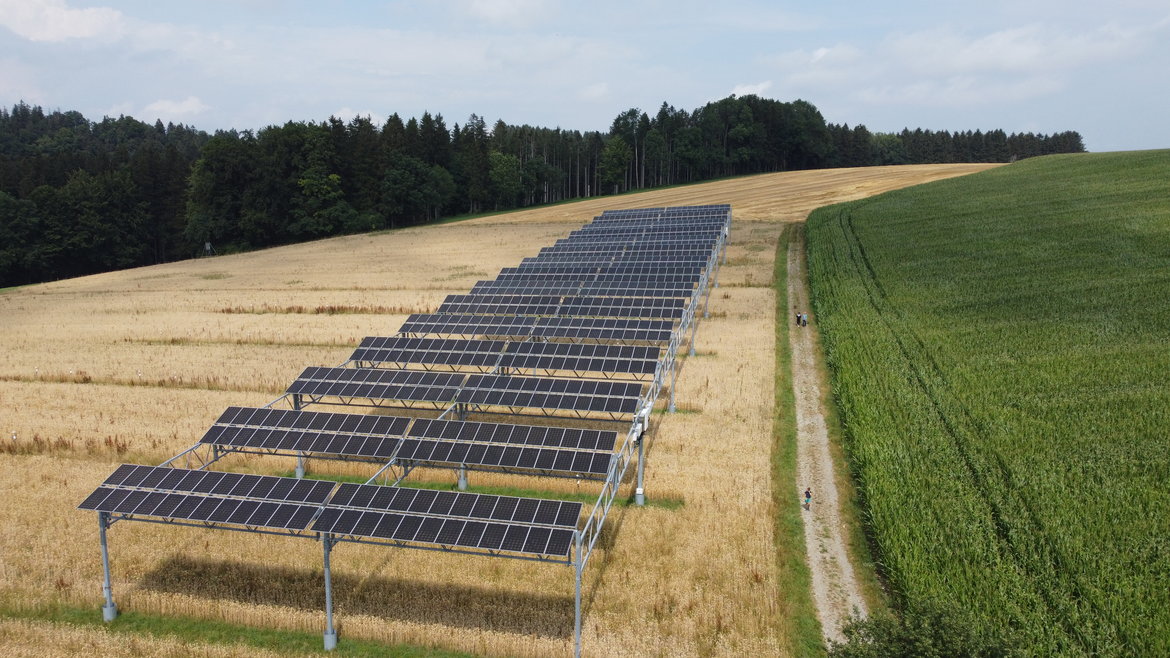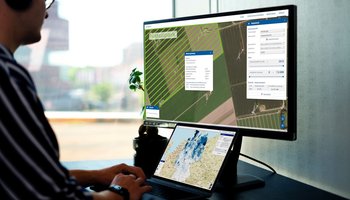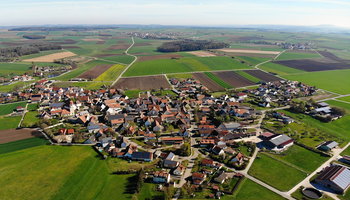

Solar farms are playing an increasingly important role in the energy transition. In addition, new forms of photovoltaics are emerging - such as the combination of agriculture and photovoltaics (agri-PV) and the use of lakes and seas as "sites" for solar farms (floating PV). Against this background, the project is intended to support a nature conservation-based steering of the expansion of PV-farms.
The aim of the project is to evaluate current technical and planning developments in ground-mounted photovoltaics in connection with Federal expansion targets and to develop options and possible courses of action for nature conservation. A distinction is made between options in connection with future amendments to the Renewable Energy Sources Act (EEG) and those that affect regional planning, building and licensing laws, but possibly also other areas of law, and which are aimed in particular at the unsubsidised developments of large solar parks outside the EEG legal framework.
Among other things, it is planned:
Within the framework of the project, existing spatial analyses and expansion scenarios as well as approval notices for floating PV-systems are evaluated. The aim is to analyse as concretely as possible potential developments in the coming years and their possible consequences for nature conservation and landscape management.
Bosch & Partner GmbH
Lortzingstraße 1, D-30177 Hannover
Dr. Dieter Günnewig
d.guennewig(at)boschpartner.de
Zentrum für Sonnenenergie- und Wasserstoff-Forschung Baden-Württemberg (ZSW)
Meitnerstr. 1, D-70563 Stuttgart
Tobias Kelm
Stiftung Umweltenergierecht
Friedrich-Ebert-Ring 9, D-97072 Würzburg
Dr. Nils Wegner
Solarpraxis Engineering GmbH
Alboinstraße 36-42, D-12103 Berlin
Karl-Heinz Remmers
Funding
Bundesamt für Naturschutz
FG II 4.3 Naturschutz und Erneuerbare Energien
Alte Messe 6, 04013 Leipzig
Friedhelm Igel
15.02.2023
Weiter

03.02.2022
Weiter

29.10.2021
Weiter
